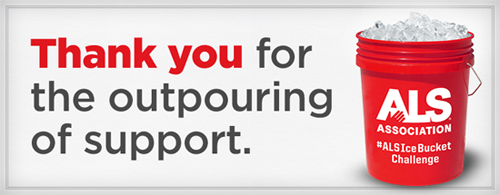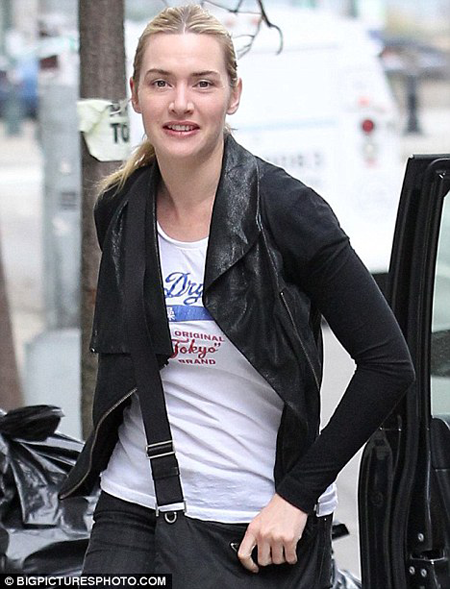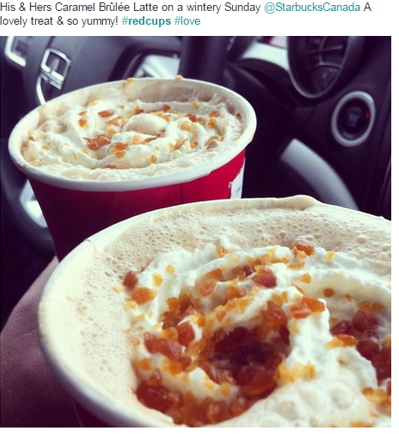How Important Is 'Word of Mouth' To Your Web Marketing Strategy?

Word-of-mouth marketing may have evolved from phone calls and face-to-face conversations to social media posts and comments, but its importance remains the same.
Marketing guru, Geno Church, found that there are three appropriate types of engaging with consumers through social media and word of mouth:
- Functional - People engage in functional conversations about brands to get information needed to make decisions and to better interpret the world around them.
- Social - People engage in social conversations about brands to impress others, to express uniqueness and to increase their reputation.
- Emotional - Brands that invoke strong emotional feelings are more likely to be talked about. Make sure your brand is evoking a strong emotional trigger. It hits home the most.
These three means of conversing allow for the online to become offline, which means a significant increase in audience reach.
Church states the idea that during online conversation the consumer can respond whenever is best for them in a non-active approach. On the other hand, offline conversation has an immediacy which demands a natural, often more emotional response.
Below are three examples where businesses have taken advantage of the Web and word of mouth to maximize their brand reach, both online and off:
ALS Association
Without doubt one of the biggest online viral sensations to be released in 2014, the Ice Bucket Challenge raised more than $115 million. It started with a small following and with the help of social media the awareness grew global. Even George Bush, Usain Bolt and Tom Cruise joined in the fun to help raise funds to cure Amyotrophic Lateral Sclerosis disease. The success of this campaign will be difficult - if not impossible - to repeat, but the ALS Assocation provides a good example of doing its part in fueling the campaign and the residual effects by creating videos of its own, emailing new supporters and developing other content marketing (like an infographic detailing its research priorities).

Superdry
Since being founded in 1985, UK based fashion brand, Superdry, has always rallied against the mainstream in order to create a unique brand which sets its self out from the rest.
Founder, Julian Dunkerton, sent David Beckham a number of garments on the off-chance that he would wear them and be seen in the press. Fortunately David brought Superdry luck, along with numerous celebrities including Zak Efron, Kate Winslet (pictured) and Justin Beiber, who were seen in the press wearing the brand. This enabled interaction between brand and customer, which saw a large spike in online sales both in the UK and the U.S. Additionally, the ecommerce benefits were that Superdry was able to add to its product page, "as worn by David Beckham" or other celebrities, which could have increased conversion. (Photo source.)

Starbucks
With a robust digital marketing strategy, Starbucks is considered to be one of the most notable companies to establish themselves on the Web, as well as generate plenty of offline communication with their customers. The sense of community has always being important ever since they opened their first café in 1971. To replicate this sense of emotion Starbucks has continuously employed the ethic of engaging via social media to promote their use of the best coffee beans and offer the 'community feel,' such as with one of its most recent campaigns that spanned promotional channels, "Meet Me at Starbucks."
Additionally, the company encourages customers to send in photos and discuss how they could improve their local branch. Finally, its red holiday cups generate a large spike in social media engagement every year by the use of the hashtags #RedCups and #StarbucksMoments.


Subscribe to Our Newsletter!
Latest in Marketing









